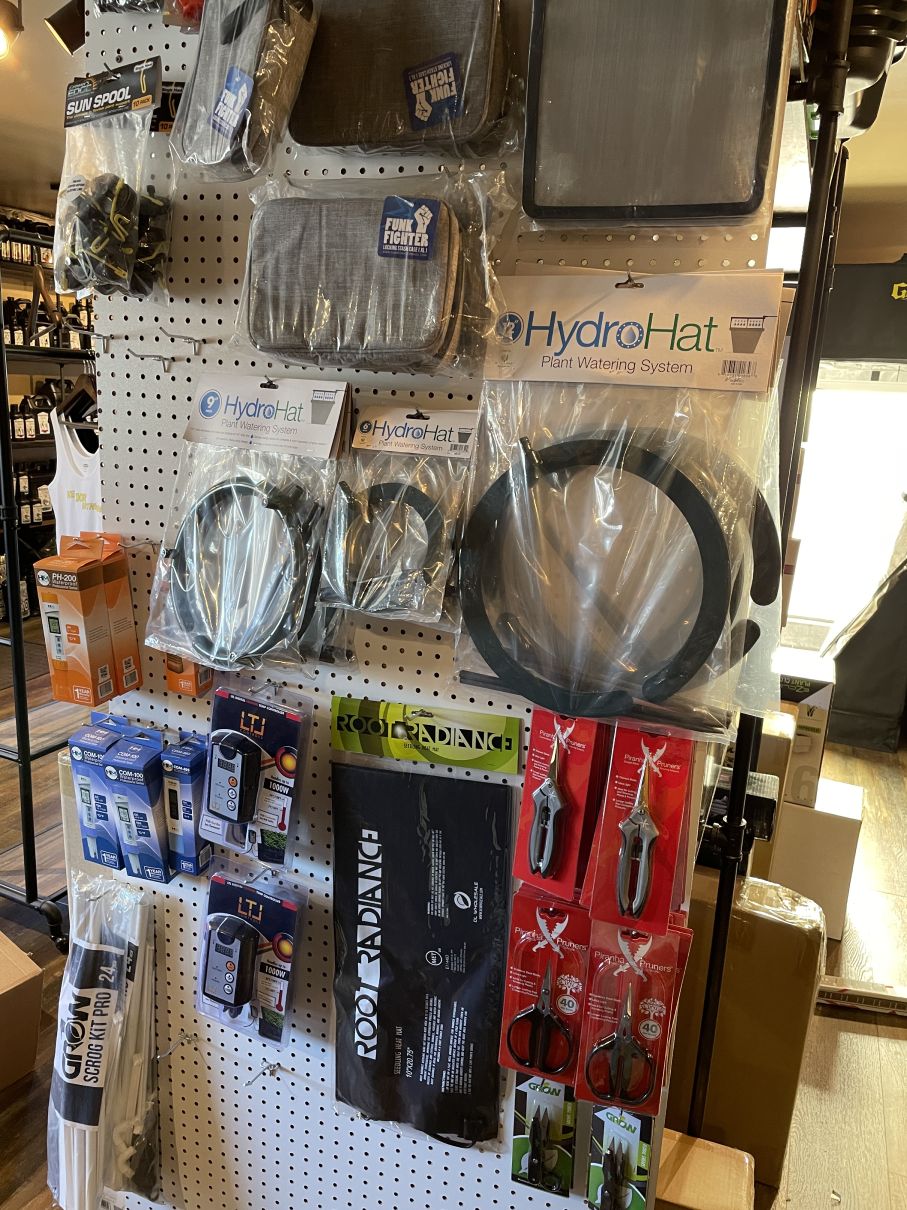Unravel the Tricks of Successful Planting with The Indoor Earthworm
Wiki Article
Opening the Potential of Hydroponics: Comprehending Its Makes Use Of and Various Types
Hydroponics, a method of growing plants without dirt, has actually amassed raising focus for its possible to change farming and horticulture practices. As we browse with the complex landscape of hydroponic systems and methods, it comes to be evident that each strategy holds distinctive benefits and restrictions.Benefits of Hydroponic Solutions

Another benefit of hydroponic systems is the capacity to expand plants in a smaller sized room. By removing the requirement for soil, plants can be grown up and down or in piled systems, taking full advantage of the usage of available room. This is particularly valuable in urban locations or areas with restricted cultivable land. Hydroponic systems lower the threat of soil-borne illness and insects, as there is no soil to harbor these hazards. This brings about much healthier plants and lowers the requirement for harmful chemicals, making hydroponic farming a much more lasting and eco-friendly option.
Common Makes Use Of in Agriculture

Provided the reliable water preservation and space-saving advantages of hydroponic systems, it is obvious that these ingenious agricultural approaches have actually located typical uses in numerous markets of farming. The controlled atmosphere of hydroponic systems enables year-round farming, offering a constant supply of fresh fruit and vegetables regardless of outside weather problems.
Hydroponics is generally utilized for expanding a selection of plants, consisting of leafed greens, tomatoes, cucumbers, herbs, peppers, and strawberries. Furthermore, hydroponic systems are made use of in study and educational settings to examine plant growing, nourishment, and development techniques.
Exploring Various Hydroponic Strategies
What are the numerous cutting-edge strategies used in hydroponics to improve plant growing effectiveness and yield? Hydroponic systems supply a variety of methods that cater to different plant kinds and farming objectives. One prominent method is the Deep Water Culture (DWC) system, where plant origins are immersed in a nutrient remedy, offering sufficient oxygen and nutrients. One more widely used technique is the Nutrient Film Strategy (NFT), which includes a superficial stream of nutrient service flowing over the plant roots, advertising water and nutrient uptake. In addition, the Ups and downs system, likewise understood as the Flooding and Drain system, intermittently floodings the plant roots with nutrient service, enabling oxygenation during draining pipes durations. Aeroponics is another innovative method that involves misting plant origins with a nutrient service, taking full advantage of oxygen absorption and nutrient uptake. Each of these strategies showcases the flexibility and efficiency of hydroponic systems in improving crop growth and return.Contrasting Various Hydroponic Solutions
Discovering the efficiency and return improvement techniques in hydroponics leads us to contrast numerous hydroponic systems available for crop farming. Each hydroponic system has its unique functions, benefits, and Find Out More restrictions, making it important for farmers to select the most ideal system based on their particular requirements and restraints.One of the most typical hydroponic systems is the nutrient film method why not try this out (NFT), where a thin film of nutrient service continually flows over the plant roots. In contrast, the deep water society (DWC) system immerses plant origins straight right into the nutrient option, supplying adequate oxygen and nutrients.
One more prominent hydroponic system is the ebb and flow (or flood and drain) system, which occasionally floods the plant origins with nutrient service prior to draining it. By recognizing the differences in between these hydroponic systems, cultivators can make informed choices to optimize crop return and quality.
Technologies in Hydroponic Innovation
One essential advancement is the growth of smart hydroponic systems that use sensing units and automation to check and adjust ecological conditions such as pH degrees, nutrient focus, and light direct exposure in real-time. These systems make it possible for precise control over growing conditions, leading to ideal plant growth and greater crop yields.One more significant innovation is the integration of vertical farming techniques with hydroponic systems, allowing for the cultivation of crops in stacked layers. This upright strategy makes best use of room utilization, making it optimal for metropolitan environments where land availability is limited - The Indoor Earthworm. Additionally, using advanced LED lighting systems tailored to specific plant requirements has actually boosted power effectiveness and improved growth prices in hydroponic arrangements
Advancements like these are driving the development of hydroponics, making it a sustainable and highly eye-catching alternative for modern farming.
Final Thought
In conclusion, hydroponics offers many benefits in farming and has different techniques and systems that can be made use of to maximize its possibility. Innovations in hydroponic modern technology proceed to improve performance and sustainability in food production. By recognizing the uses and various kinds of hydroponic systems, cultivators and farmers can unlock the full potential of this ingenious method of expanding plants without dirt.Furthermore, hydroponic systems allow for much better control over nutrient degrees, pH balance, and ecological conditions, leading to much healthier plants why not try here and higher returns.

Report this wiki page